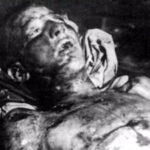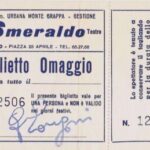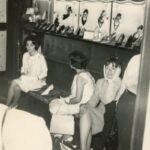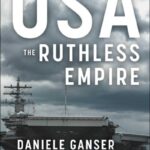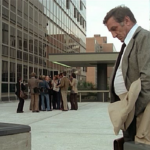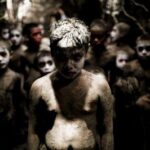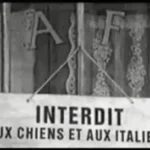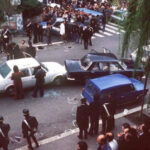January 9, 2025 Hidden history, Movies
The CIA has always denied active involvement in the killings.
However, it was later revealed that the U.S. government provided Indonesian death squads with extensive lists of communists.
The act of killing
Anwar Congo and his friends started out as street dancers, performing arm stunts, imitating gangster scenes from film noir, and galloping across the prairie like cowboys.
The Indonesian media celebrated them, and they were often seen on television, but he and his friends are nothing but murderers.
Half a century ago, one of the greatest massacres in history took place in Indonesia.
Beginning in October 1965, the Indonesian military, with the active and direct support of the United States, massacred about one million Indonesians: mostly ordinary wage earners, trade unionists and “communists.
The CIA has always denied active involvement in the killings.
However, it was later revealed that the U.S. government provided Indonesian death squads with extensive lists of communists.
The perpetrators of the massacre are still in the government.
In an interview with Maurice Herzog in Berlin, filmmaker Joshua Oppenheimer said :
“It was as if, half a century after the Nazi exterminations, I had returned to Germany and found the same murderers still firmly in the government“.
A movie that is not easy to digest, but certainly a masterful and chilling testimony to the “banality of evil“.
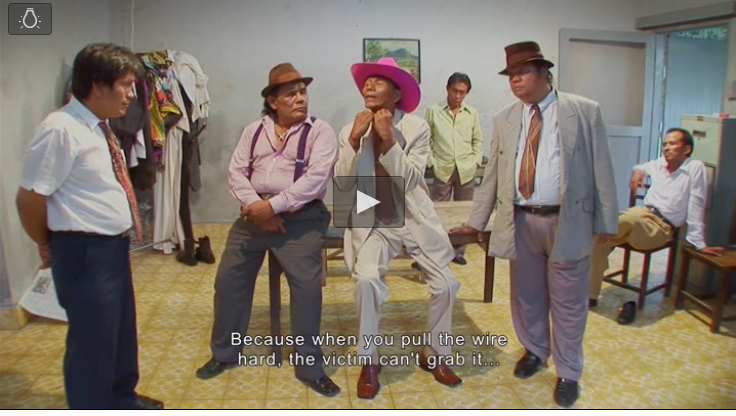
When the Indonesian government was overthrown in a military coup in 1965, Anwar and his friends went from selling fake movie tickets on the black market to running so-called death squads that helped the military kill more than a million alleged “communists“, ethnic Chinese (in a full-blown “cleansing“), and intellectuals.
All in less than a year.
Anwar Congo, executioner of his city’s most notorious death squad, killed hundreds with his own hands.
Anwar was revered until his death (in 2019) as the founder of a far-right paramilitary organization that grew up around that death squad.
An organization so powerful that today its leaders are not only ministers in the Indonesian government, but also like to brag about the misdeeds they have committed : corruption, electoral fraud and genocides of the “past“.
The Act of Killing is a movie about murderers who came to power and the society they built.
Unlike the Nazis or other “famous” perpetrators of genocide (such as in Rwanda in the 1990s), Anwar and his “comrades” have never been forced by history to admit that they participated in actual crimes against humanity.
Instead, they triumphantly rewrote their history and became role models for millions of young Indonesian paramilitaries.
The Act of Killing is a journey into the memories and imaginations of those who perpetrated these horrific crimes, offering a real-life glimpse into the minds of the psychopaths who engineered these mass genocides and helping to understand their mindset.
The Act of Killing is also a nightmarish vision of a frighteningly mundane culture of impunity in which murderers can even laugh and joke about their crimes against humanity on TV talk shows, celebrating a veritable moral disaster with the ease and grace of a Michael Jackson-style dance number.
On the other hand, in the beginning, Anwar Congo and his friends spent all their time in movie theaters and considered themselves “movie gangsters“.
Not only did they control the black market for tickets, but they also used the cinemas themselves as bases for organizing the most serious crimes.
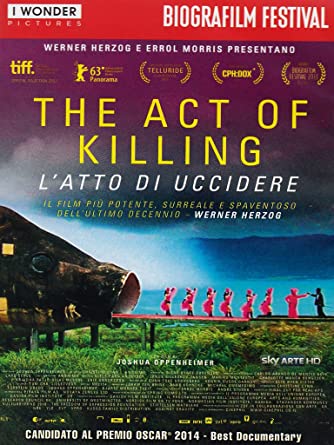
For this reason, the Indonesian military recruited them in 1965 to form the so-called “death squads“.
They had a proven capacity for violence, and they also hated the communists because they had for years boycotted American films, the most popular (and profitable) in the theaters they controlled.
Anwar and his friends were indeed devoted fans of James Dean, John Wayne, and Victor Mature, and they explicitly modeled themselves and their killing methods after their Hollywood idols.
Coming out of the last midnight show, they felt “like gangsters from the screen”.
In this “high” state of mind, they would cross the street to their “office” and kill their nightly quota of prisoners.
Borrowing techniques from the mafia, Anwar preferred to strangle his victims with steel wire “to avoid excessive bloodshed“.
In The Act of Killing, Anwar and his friends agree to tell the story of their murders.
However, their idea of being the protagonists of a movie was not to testify, but simply to act as they did in the movies they loved most when they were scalping in theaters.
So Anwar and his friends developed the scenes as if they were a fictional account of their murderous experience, adapted to their favorite film genres : gangster, western, and musical.
In fact, they wrote the scripts and played themselves and their victims.
But as the minutes pass, the movie fiction becomes more and more dramatic and the set more and more “hot“.
Some of Anwar’s friends begin to realize that “maybe” the murders were “wrong“.
Others, however, worry about the future consequences for their public image.
Younger members of the paramilitary movement, on the other hand, argue that the veterans should even “brag” about the horror of the massacres, since it is because of these genocides that they rule the country.
Opinions begin to diverge and the atmosphere on the set becomes very tense.
Anwar Congo and his “friends” begin to falter in their roles as actors.
More dramatically, the filming process will catalyze an unexpected emotional journey for Anwar, who will move from arrogance to remorse for what he did as a young man as he faces the full implications of his actions for the first time.

